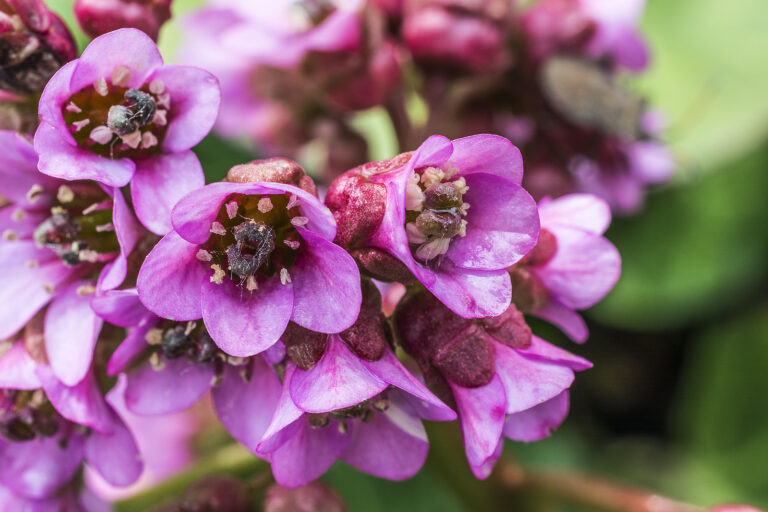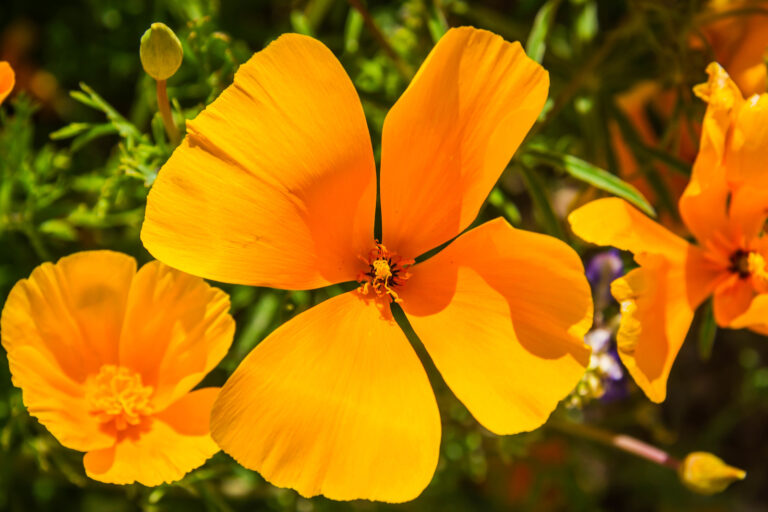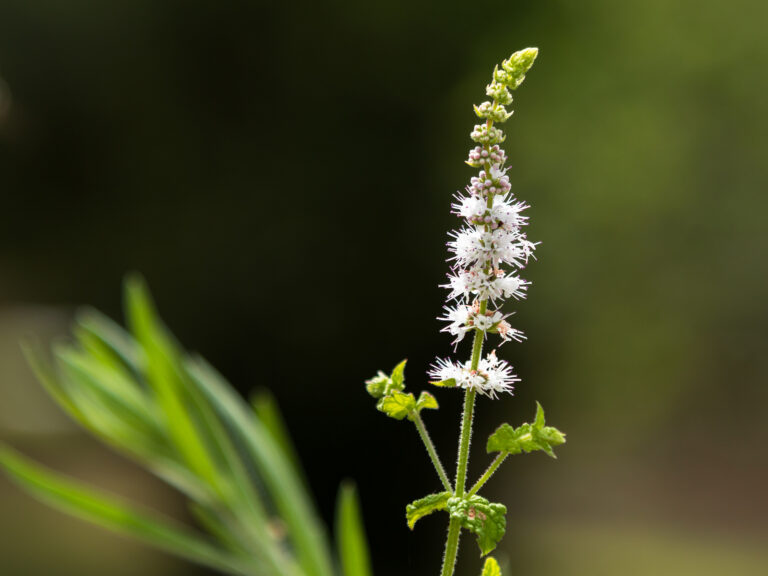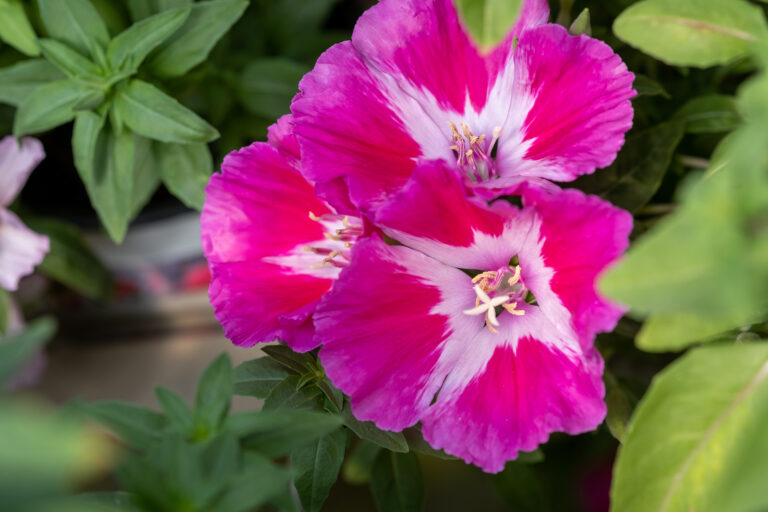How to Grow Forget-Me-Not — Myosotis
Myosotis–commonly called Forget-me-not–bears tiny, saucer-shaped, yellow-eyed, blue, or occasionally white or pink flowers from spring to early summer. Myosotis is a tufted plant with ovate to lance-shaped, gray-green leaves. Plants grow erect or sprawling.
Myosotis is a good choice for shady flower beds and moist places near water. They spread rapidly by seed and with wide shoots. The small, pretty flowers blend in well wherever they go.
Myosotis is a widespread genus. There are about 50 species of Myosotis. Plants are native to boggy spots on just about every continent except Africa.

Get to know Myosotis
- Plant type: Hardy biennial or perennial; in hot regions grow perennials as biennials
- Growing Zones and range: Zones 5 to 8
- Hardiness: Cold hardy in most regions if mulched; harmed by prolonged heat greater than 95°F (35°C).
- Height and width: 6 to 18 inches (15-45cm) tall; 8 to 12 inches (20-30cm) wide
- Foliage: Leaves are dark green, narrow, and lance-shaped
- Flowers: Dainty usually blue or pink flowers with yellow eyes; blue and pink flowers may appear on the same plant
- Flower colors: Blue, also pink, and white
- Bloom time: Mid-spring to autumn; winter in mild-winter regions
- Uses: Woodland gardens, shady locations, near ponds or streams
- Common name: Forget-Me-Not
- Botanical name: Myosotis sylvatica
- Family: Boraginaceae
- Origin: Europe, Asia, North, and South America
Where to plant Myosotis
- Myosotis grow best in moist, shady locations. Grow woodland forget-me-nots in partial shade. Plants can grow in full sun in cool regions.
- Plant Myosotis in humus-rich, well-drained soil.
- Myosotis prefer a soil pH of 6 to 7.
Myosotis uses
- Myosotis is short-lived but can be grown in rock gardens, scree, and the margins of ponds and along the banks of streams.
- Myosotis is a natural addition to woodland gardens.
- Myosotis is a beautiful companion to tulips in spring.
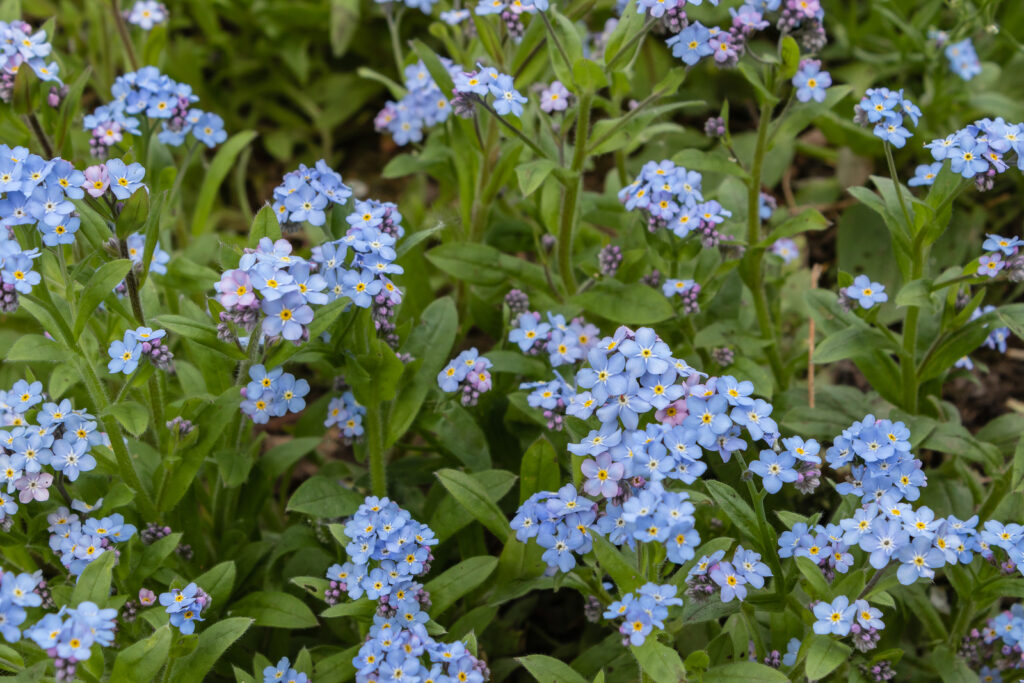
When to plant Myosotis
- Set Myosotis in the garden in spring after the last frost has passed or in fall in mild winter regions.
- Start seeds indoors in winter for flowers in summer or in spring or summer for flowers next year.
- Sow seed outdoors after all danger of frost has passed.
- Seeds sown outdoors in the fall will produce plants the following spring in mild winter climates.
Planting and spacing Myosotis
- Indoors fill flats or six-packs with clean seed starting medium; cover seeds with 1/8 inch of medium and keep at about 65°F (18°C); keep containers in a dimly lit place; seeds will germinate in about 14 days then move seedlings into bright light.
- Sow seed outdoors in evenly prepared soil; sow seeds 1/8 inch deep.
- Set plants outdoors in their permanent spot on an overcast day.
- Space Myosotis 8 to 12 inches (20-30cm) apart.
How to water and feed Myosotis
- Myosotis require abundant water to perform best.s
- Fertilize Myosotis lightly at planting time; fertilize them again at the start and end of summer.
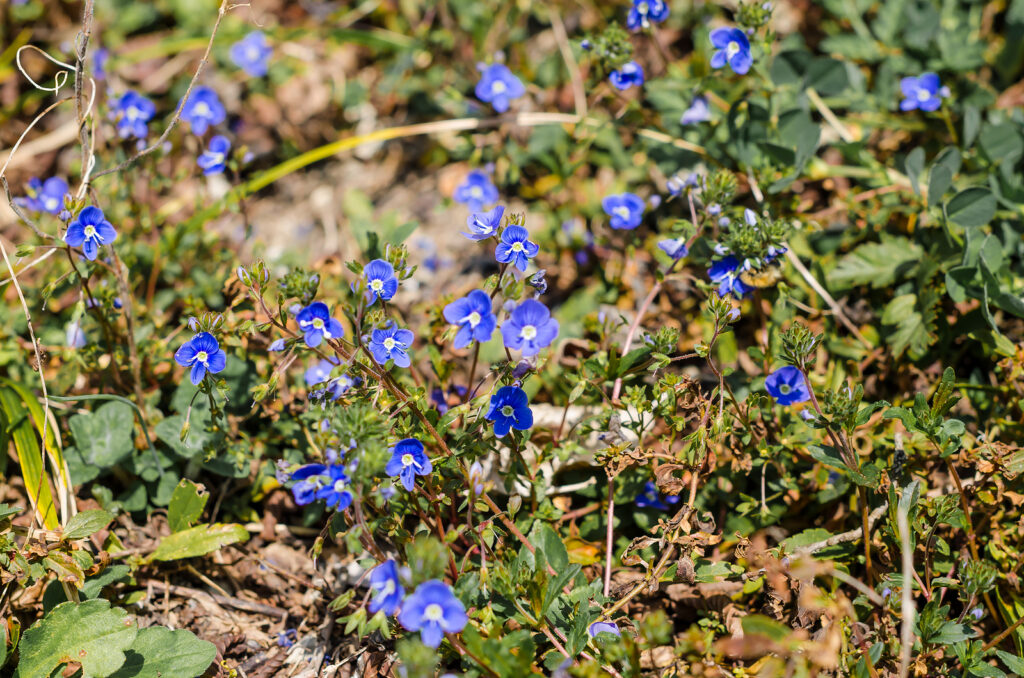
Myosotis care
- Pinch back Myosotis to promote new blooms and bushy growth.
- Remove spent flowers to prolong flowering.
- Mulch around plants with aged compost to conserve soil moisture.
- Protect Myosotis in winter with 2 inches of mulch around plants. Remove the mulch in spring so that plants can resume growth.
Myosotis pests and diseases
- Myosotis is rarely attacked by insect pests.
- Powdery mildew may attack plants if there is poor circulation. Apply a fungicide.
Myosotis propagation
- Myosotis can be grown from seed. Germination is best at about 50°F (10°C) and can take 3 to 5 weeks. Seedlings can be difficult to transplant.
- Divide crowded plants when new growth begins in early to mid-spring.
- Take cuttings of side shoots and root them in moist soil in late spring or in summer. They will root in a glass of water also.
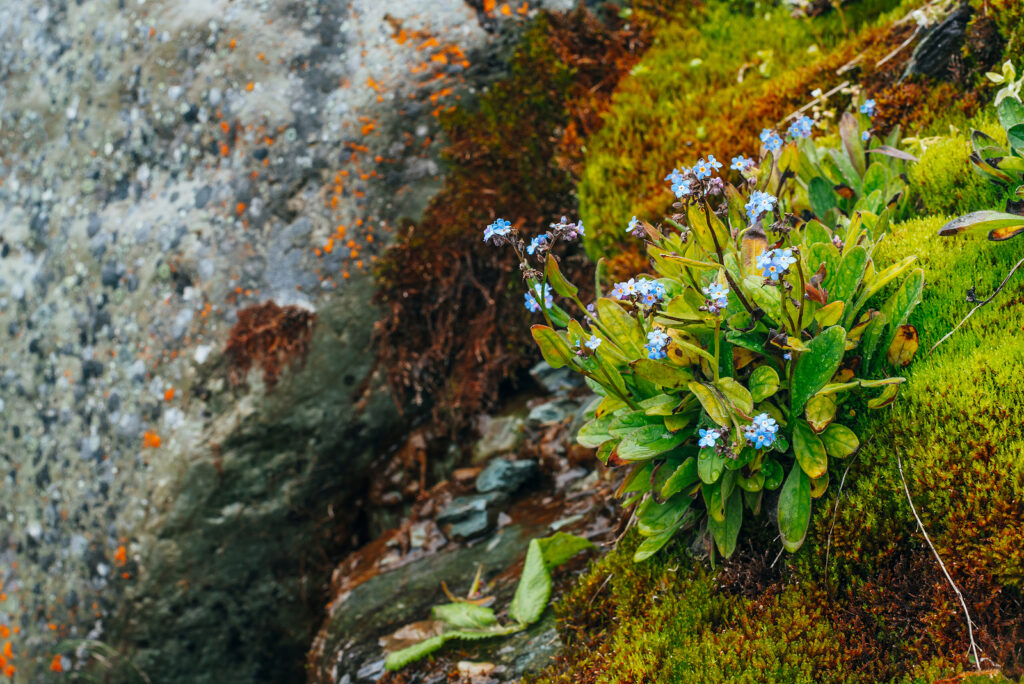
Myosotis varieties to grow
- Myosotis alpina. Perennial dwarf species grows to 7 inches (17cm) tall with 1/2 inch wide blue flowers; plant in autumn to grow as a biennial in hot summer regions.
- M. scorpioides, true forget-me-not. Moisture-loving perennial grows 6 to 12 inches (15-30cm) tall, bears clusters of 1/4-inch wide blue flowers with yellow eyes; ‘Sapphire’ is a compact cultivar.
- M. sylvatica. woodland forget-me-not. Short-lived perennial grows 5 to 12 inches (12-30cm) tall; bears clusters of 3/8-inch saucer-shaped flowers in shades of blue, pink, or white; this is the forget-me-not commonly grown in gardens. Cultivars include: ‘Blue Ball’ which has azure flowers; ‘Snowball’ which has white flowers; ‘Blue Bird’ which has bright blue flowers; ‘Pinkie’ which bears bright pink flowers; Victoria Series is dwarf and compact.
Myosotis scorpioides (M. palustris) – Forget-me-not
Myosotis scorpioides produces coiled clusters of tiny pale blue flowers with paler centers and yellow eyes from spring though late summer. Stems are a bit floppy, and roots are stoloniferous, creating a loose, spreading plant with fuzzy leaves.
- Size: 6 to 8 inches tall; spreads to 8 inches wide.
- Light: light part shade best; full sun if soil stays constantly moist.
- Soil and moisture: Humus-rich, fertile, moist to wet soil. Provide plentiful moisture thrives in boggy site or shallow water.
- Plant and propagation: Plant container-grown plants in spring, spacing 1 foot apart. Divide in spring or fall.
- Special care: Individual plants may be short lived, but abundantly self-sows.
- Pests and diseases: Mildew and spider mites if grown too dry. Leaf rot in the South.
- Climate: Zones 3-8.
- Cultivars and similar species: M. s. semperflorens, compact to 8 inches tall, very floriferous medium blue flowers. M. sylvatica (woodland forget-me-not), erroneously called M. alpestris; biennial or short-lived perennial often treated as cool-season annual, azure blue flowers with yellow eyes In spring and sporadically through summer, upright to 2 feet tall, cultivars often globular 8 inch mounds: ‘Royal Blue Compact,’ deep blue compact; ‘Indigo Blue,’ blue; ‘Victoria,’ intense indigo blue, compact; ‘Victoria Alba,’ white, compact; ‘Victora Rosea,’ pink, compact; ‘Rosea,’ pink; ‘Sapphire,’ bright blue, compact.
- Garden use: Naturalize in woodland, along stream, or in bog garden. Sow seeds of woodland forget-me-not in fall over bulb beds for spring blooms.
Myosotis frequently asked questions
Q: How do I have success growing forget-me-nots?
A: Forget-me-nots (Myosotis) are cool-temperature plants. They often disappear when hot weather arrives. Sow seeds outdoors in the fall or very early spring. Be sure to cover the seeds because they need darkness to germinate. You can start seeds indoors in winter or early spring for transplanting, but they need cool temperatures to germinate and cool weather outdoors to become established.
Q: If forget-me-nots disappear in hot weather, will they come back?
A: Yes. Forget-me-nots readily self-seed, so plants will appear every year once they are established.
Q: Can forget-me-not be made to bloom indoors?
A: Yes. But they need cool and humid conditions. For winter blooms indoors, plant the seed in spring and keep the plants cool through the summer. They will want cool temperatures indoors to bloom.


